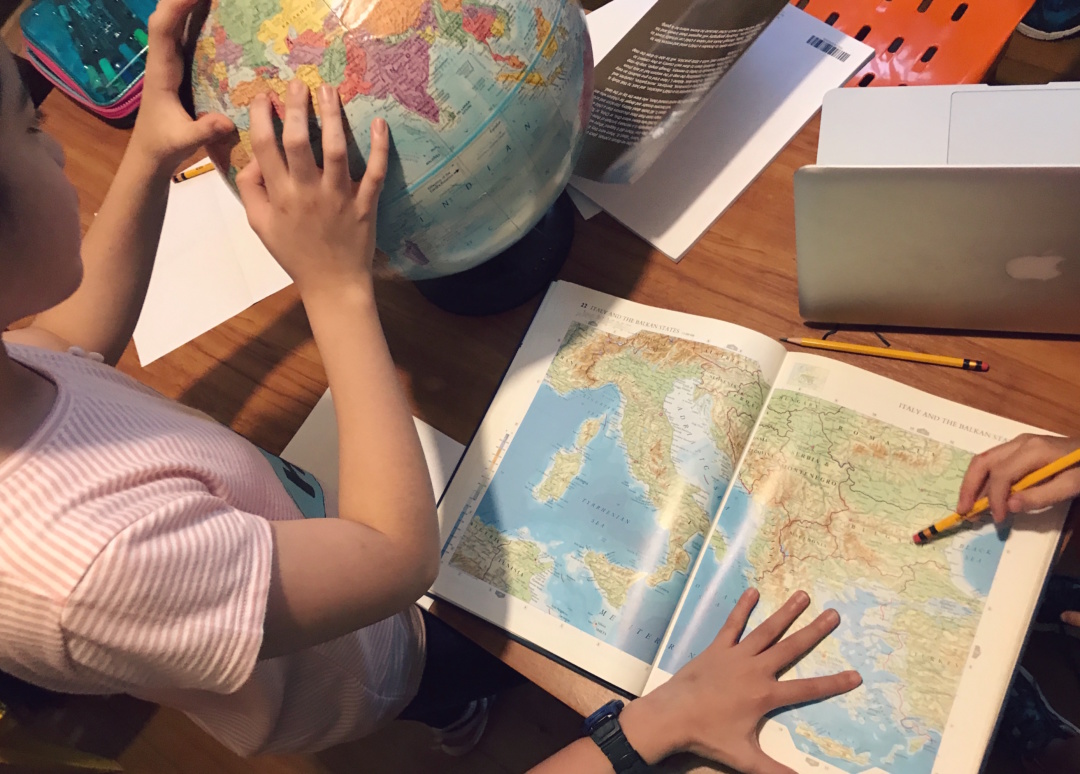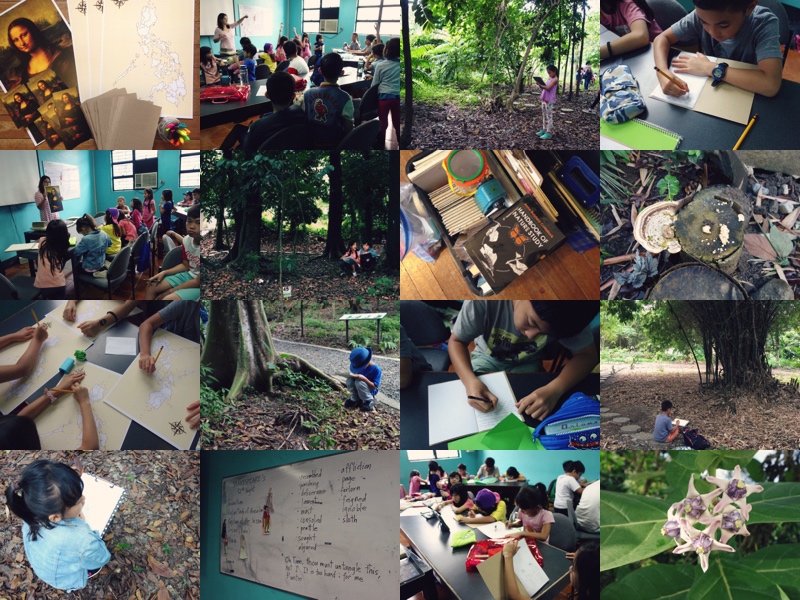“We all have need to be trained to see, and to have our eyes opened before we can take in the joy that is meant for us in this beautiful life.” – Charlotte Mason
My Keeping journey started way before I understood how art, words, diagrams, and doodles would have any impression on how I think or be. I always had a notebook and it became part of my way of thinking; jotting notes was second nature. When I was around 2nd or 3rd grade, my journal entries were just reports of the day, what I did during breaks, what I had for lunch, or whether I thought my day was a good or a bad one. As I discovered the world of books, notes slowly transitioned to quotations, and reflections about them. It further evolved into diagrams of how characters from a novel were related, and eventually to free hand mapping like the journey of the Israelites from Egypt, through the Wilderness, and to the Promised Land.
It became a practice that I held on to throughout the changing seasons in my life. The process of writing privately and presenting ideas creatively — the practice itself and the thoughts written — all became part of me. The space between pages were home to me. It became my secret analogue place where I was free to ponder, question, create, analyze, synthesize, pray.

As I learned more of Charlotte Mason and began to understand her principles about learning and thinking, I realized that she presented a better perspective on Keeping. She introduced me to a way of Keeping that invited space for a contemplative life where my eyes opened to *see* connections from the observations I made.
In this age of technology and internet, some may say that the instancy of uploading a status on social media can be considered the “modern” version of journaling. However, I believe that to write and process ones thoughts privately on paper provides so much more. I’ve made it my mission to Keep the contemplative life. It has become a discipline and a lifestyle that I am intentionally fighting to keep. Ideas after all are the main food of the mind, and I know that every time I pause to write or draw or paint, ideas feed not only my mind, but my being as well.
It is not so much the practice of Keeping that changed for me since I “met” Charlotte Mason, it is more the principles on why I choose to continue jotting down. One of the main inspirations of why I Keep is the idea that I can look back and see where my mind has been and where living ideas have led me. There is growth between now and then, and it never ceases to amaze me how sentences written, careful paintings, and sketches have actually contributed to who I’ve become.
Atmosphere, Discipline, and Life of Keeping
I have several notebooks that remind me to sit and take time to quiet and keep still. I Keep almost everyday but I don’t particularly schedule what I focus on. But since I am surrounded with an Atmosphere of living thoughts from books, nature, art, history, literature, I end up filling pages for each.
Here are some of the notebooks I am currently using:
- Bible Journal – where I carefully draw maps, genealogies, chapter narrations, and verses that speak to me.
- Note Taking Bible – where I try and take time to create meditative sketches of Bible readings.
- Nanay (Mom) Journal – for journaling my conversations with each of my children, and write snapshots of their development and character. I’ve been keeping one for each of my children since they were born.
- Charlotte Mason Journal – quotes and written narration to better understand CM’s method.
- Nature Journal – observations in nature studies.
- History Timeline – for plotting events and people I encounter from history books used in homsechooling.
- Books I Read – for noting words that strike me, sketches of characters, written narrations (apart from school books of children).
- Pre-reading Journal – “big black notebook” of notes and sketches of my pre-reading weekly session to prepare for another week of homeschooling. I’ve collected notes, grand ideas, and questions based on my children’s year 1 studies to Year 7 (our most current year)
-
Several sketch notebooks and watercolor notebooks – where I consistently make art.
I‘ve always prioritized writing than sketching in my notebooks. And since I started viewing Keeping as a way of Narrating, it naturally became my Act of Knowing. As I read from the Bible, from Charlotte Mason’s volumes or the homeschooling books I pre-read, the words that speak to my mind and heart often end up in my journals. The quotes and notes on the side, followed up with a narration with added thoughts and questions help me own the knowledge. Once I’ve written, that is the only time I feel I could leisurely sketch which adds another layer to my Act of Knowing. By sketching or painting, it feels like I’ve established and sealed a relationship with the subject I’ve re-created through art.
Here are my favorite materials for Keeping:
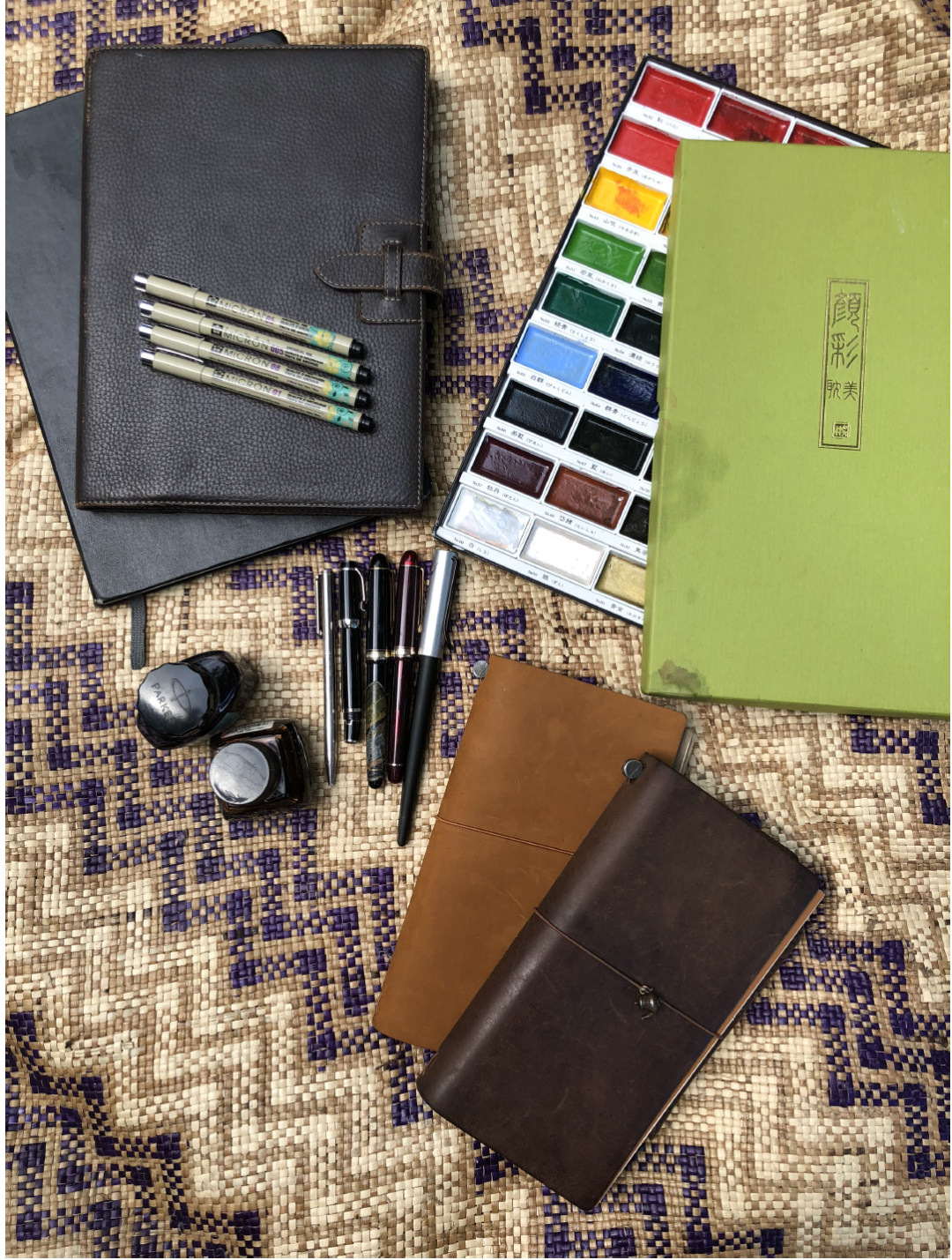
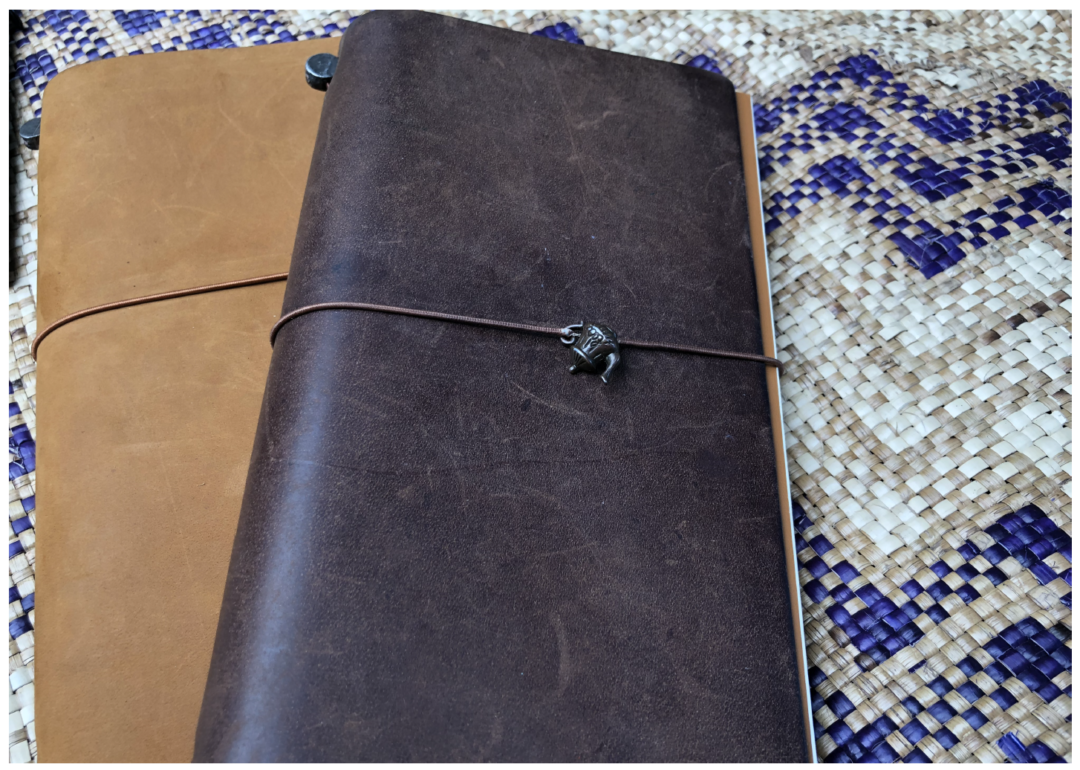
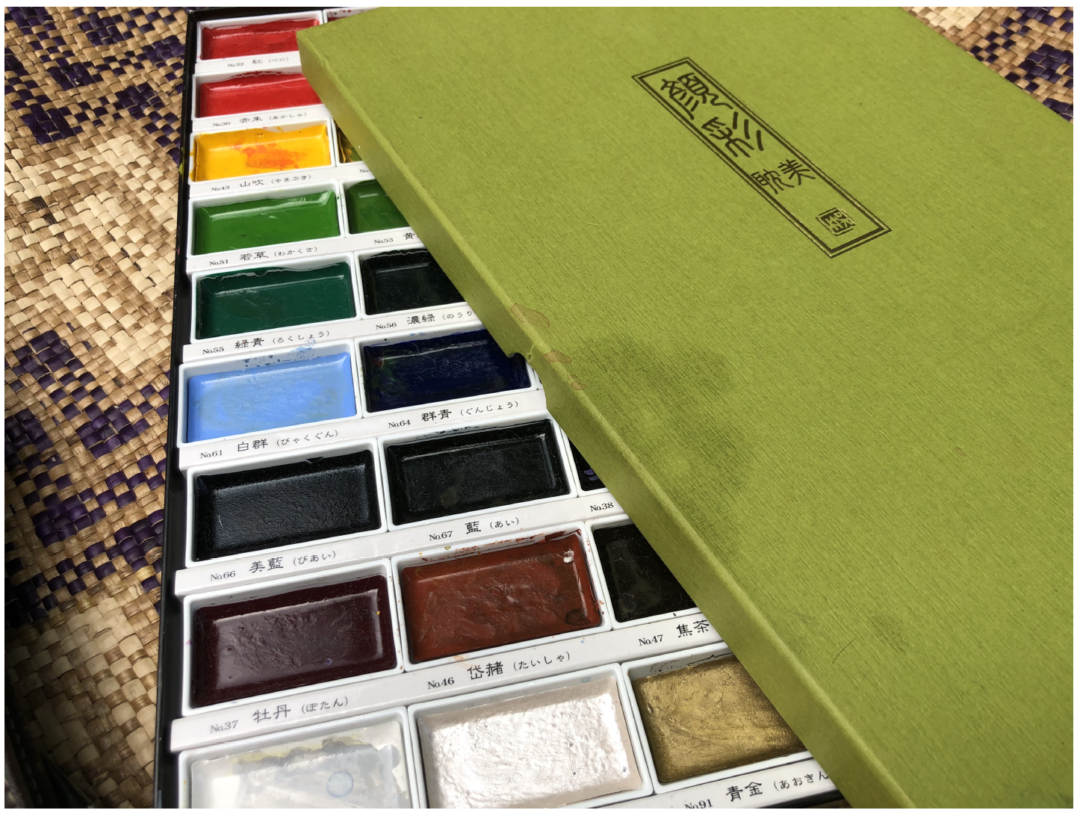
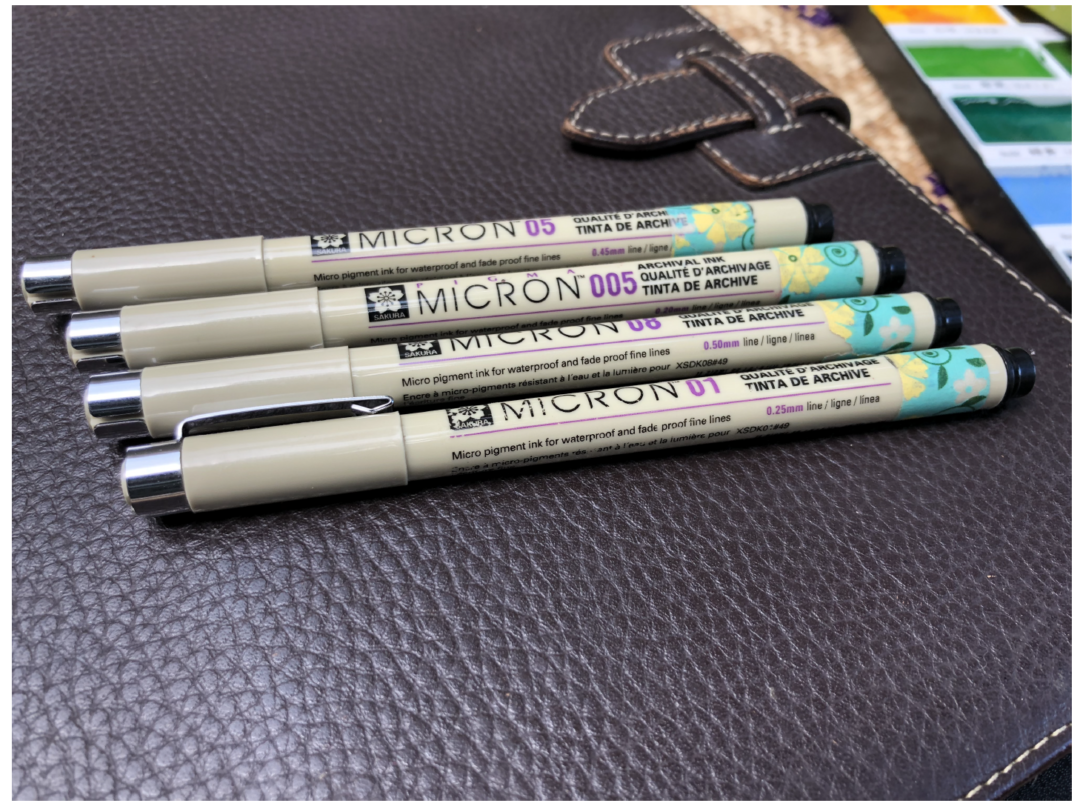
My Keeping show a glimpse of how it has given me a way to drown out all the noise and help me ponder, wonder, and grow through this discipline. I invite you to start Keeping yourself.
If I may suggest…
1) Start with 1 notebook, and consistently Keep until the habit is formed. Using several notebooks immediately can become overwhelming. Slowly add more as you become accustomed with the practice.
2) Choose a specific or main Idea you want to focus on. It can be about Nature, Books Read, Prayers, Mama Journals, History Keeping, Written Narrations, etc. I’ve found that when we do many at once, we often end up not keeping the habit at all. Start slowly but consistently and build from less.
3) While choosing a specific schedule of when to Keep may not be necessary, consistency in doing it at least daily or weekly may help form the habit .
4) You may choose a certain place where you would want to Keep. In my case, I Keep anywhere. I would always have one of my journals everywhere I go, always ready to write or draw.
5) What to Keep? Choose what spoke to you, and simply write it down. Pages of quotes, observations, comments, and sketches will represent what matters to you – your values, your desires, and what you’ve come to know.
6) Lastly, enjoy the process by not overwhelming yourself. Just write or sketch what is speaking to you NOW, and let the next entry take care of itself. Sooner or later, you will see that being present in the process of Keeping will give you a notebook full of living ideas you will cherish.


